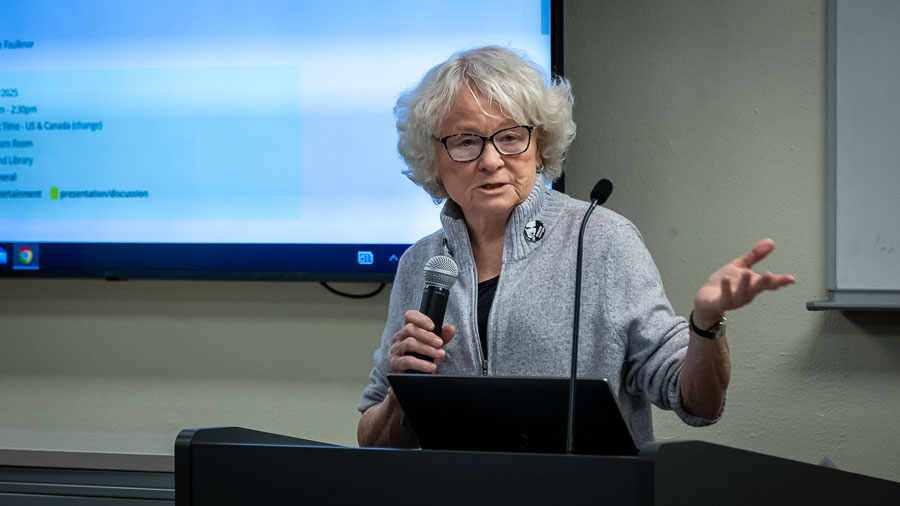GUEST COLUMN: Forest industries help fight climate change
Published 6:00 am Friday, September 15, 2023

- Guest Column logo
Another fire season already has filled the skies of southwest Oregon, when local folks worry whether smoke will affect planned events, as well as about their health and that of their families.
Property owners hope the sparks do not reach their lands and homes. It can be an anxious time for all of us in the region.
The region’s timber industry — and yes, there still is one — shares that anxiety. Private timberland owners cringe at reports of smoke and lightning, well knowing that it could mean damage or destruction.
It means many days working with fire crews to aid suppression. These days start early and end late, keeping them from their families. Private timberland owners have seen fire destroy nearly 70,000 acres over the last decade in our region, 36,000 acres of which are industrial lands.
Our friends and neighbors fight these fires at great personal risk and with heroism so habitual it becomes too easy to think of as routine.
Saddest of all, many of the fire impacts could have been reduced or avoided altogether had thinning and restoration activities been implemented on neighboring federal lands managed by the U.S. Forest Service and Bureau of Land Management.
These forestry activities reduce the fuels that feed and worsen wildfires. These agencies are doing what they can given the bureaucratic process and pressure from groups opposing forest management. When these federal departments are able to manage the forests for which they are responsible, the timber industry is ready to help.
Why does anyone oppose healthy forest management? The most expressed concern is the impact on wildlife habitat. This stems from the misconception that thinning is more harmful to habitat than wildfire.
If only that were the case. Recent assessments have shown that wildfires have had the greatest continuing impact on habitat, and fires die without fuel. Reducing fuel loads through forest management and restoration activities can lessen the impact of wildfires on wildlife and human habitat.
Many contractors perform restoration activities in Southern Oregon. Some crews thin out dense forest stands and perform burning operations to reduce fuel loads. Others are loggers who thin and remove trees that can be utilized in renewable forest products society desires. Most of these products store carbon for many decades, while new or remaining trees sequester carbon at a greater rate.
For people who do not think of logging as a form of conservation that battles climate change, now is a worthwhile time to reconsider. Forest products store carbon. Fire releases it into the atmosphere. It is not hard to see which is worse for the climate as well as the environment.
The mills and other wood products facilities of the region provide society with energy-efficient building materials that are more climate-friendly than steel and concrete. They also derive value from the materials removed during restoration projects, as opposed to the hundreds of millions of dollars spent each year to fight fires.
Between 2016 and 2020, $2.5 billion was spent to suppress wildfires. If we could cut that in half, for example, wouldn’t that be tremendous? And that’s without even considering all the other benefits, starting with the reduced risk to life and property.
So, after smoke filled the valleys as we head toward fall, remember there are ways to reduce the intensity of the fires producing that smoke through forest management and restoration activities.
The many people involved in the timber industry encourage your support for those activities to reduce the impacts of fire, provide jobs for many working in the woods and mills, and supply products that society desires.










